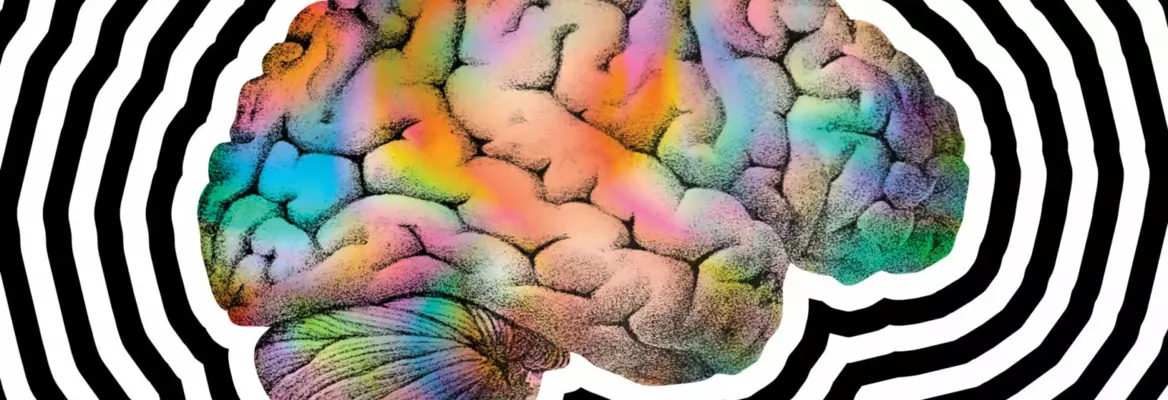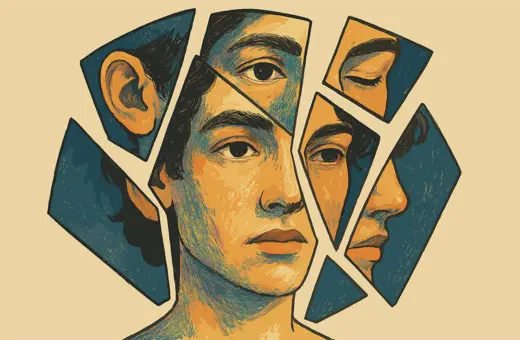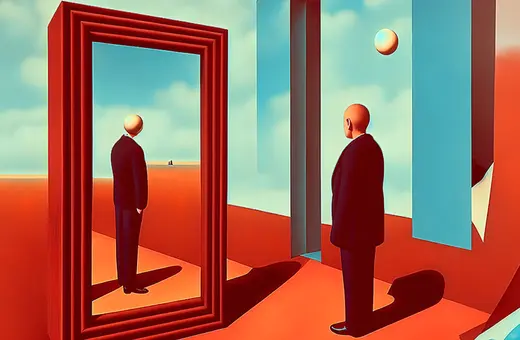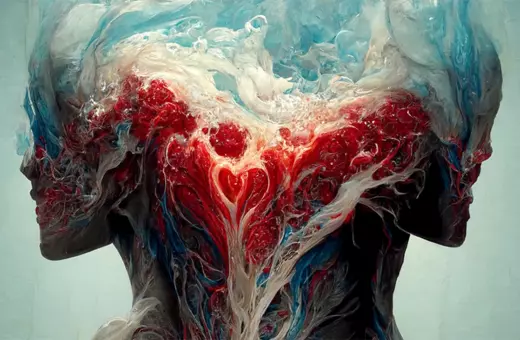The foremost physiological effect of psychedelics in the brain is to significantly reduce activity in multiple brain areas, which contradicts the mainstream reductionist expectation. Physicalist neuroscientists have proposed that an increase in brain noise explains the subjective richness of a psychedelic experience, but a psychedelic experience isn’t akin to TV static, argues Bernardo Kastrup.
Before 2012, the generally accepted wisdom in neuroscience was that psychedelic substances—which lead to unfathomably rich experiential states—stimulate neuronal activity and light up the brain like a Christmas tree. Modern neuroimaging, however, now shows that they do precisely the opposite: the foremost physiological effect of psychedelics in the brain is to significantly reduce activity in multiple brain areas, while increasing it nowhere in the brain beyond measurement error. This has been consistently demonstrated for multiple psychedelic substances (psilocybin, LSD, DMT), with the use of multiple neuroimaging technologies (EEG, MEG, fMRI), and by a variety of different research groups (in Switzerland, Brazil, the United Kingdom, etc.). Neuroscientist Prof. Edward F. Kelly and I published an essay on Scientific American providing an overview of, and references to, many of these studies.
These results contradict the mainstream metaphysics of physicalism for obvious reasons: experience is supposed to be generated by metabolic neuronal activity. A dead person with no metabolism experiences nothing because their brain has no activity. A living person does because their brain does have metabolic activity—or so the story goes. And since neuronal activity supposedly causes experiences, there can be nothing to experience but what can be traced back to patterns of neuronal activity (otherwise, one would have to speak of disembodied experience). Ergo, richer, more intense experience—such as the psychedelic state—should be accompanied by increased activity somewhere in the brain; for it is this increase that supposedly causes the increased richness and intensity of the experience.
___
Since brain activity doesn’t increase in the psychedelic state, physicalist neuroscientists then conclude that something else in the brain must.
___
Notice that physicalism would remain consistent with an overall decrease of brain activity in the psychedelic state, provided that one could still find localized increases in parts of the brain consistent with the experience. The reason for this is that, under physicalism, not all neuronal processes lead to experience; only the so-called ‘Neural Correlates of Consciousness’ (NCCs) supposedly do. It is thus conceivable that psychedelics could reduce activity in processes not related to conscious experience, while leading to localized increases in the NCCs. In particular, it is conceivable that psychedelics could impair inhibitory processes that, once impaired, disinhibit the NCCs. The problem is that all this relies on there being plausibly sufficient increases of activity somewhere in the brain—corresponding to the now-disinhibited NCCs—compared to the baseline, so as to account for the increase in the richness and intensity of experience. But no such a thing has been seen.
Since brain activity doesn’t increase in the psychedelic state, physicalist neuroscientists then conclude that something else in the brain must. And so the hunt is on for something in the brain that increases under the effect of psychedelics. Many possibilities have been proposed and somewhat fallen by the wayside, such as brain activity variability and functional connectivity. But one remains and is significantly hyped as the best physicalist hypothesis for accounting for the psychedelic experience. It goes by various names, such as ‘brain entropy,’ ‘complexity,’ ‘diversity,’ and so on. But what it means is very straightforward: brain noise—i.e., residual brain activity that unfolds according to no discernible pattern; brain ‘TV static,’ if you like.
 SUGGESTED READING
Psychedelic experience isn’t just brain chemistry
By Ricky Williamson
SUGGESTED READING
Psychedelic experience isn’t just brain chemistry
By Ricky Williamson





















Join the conversation